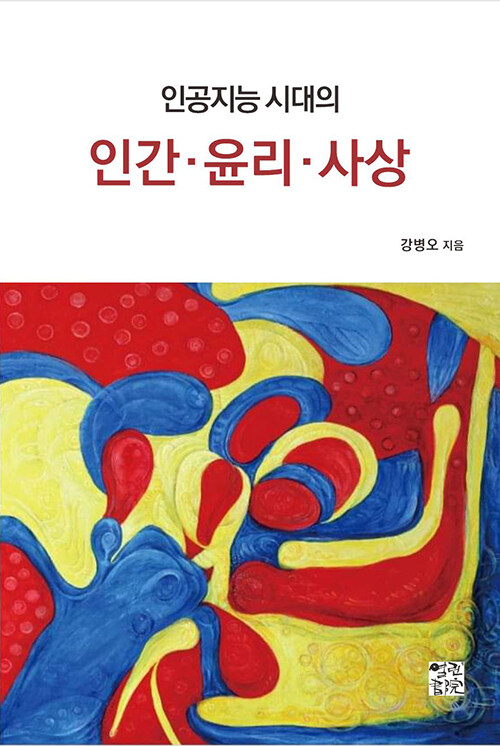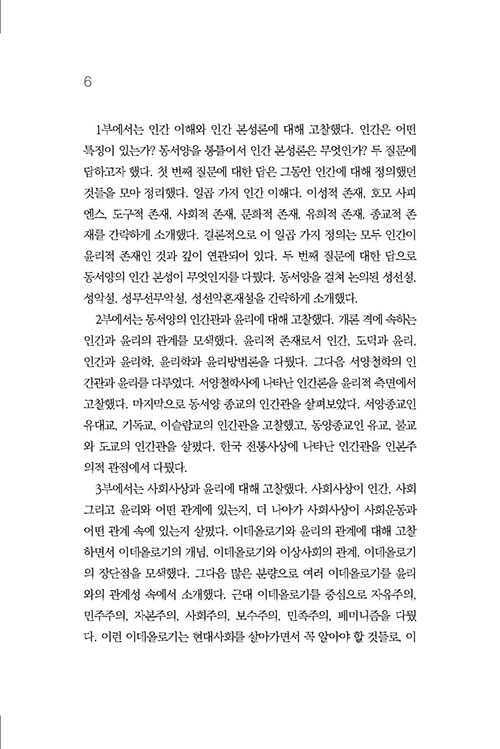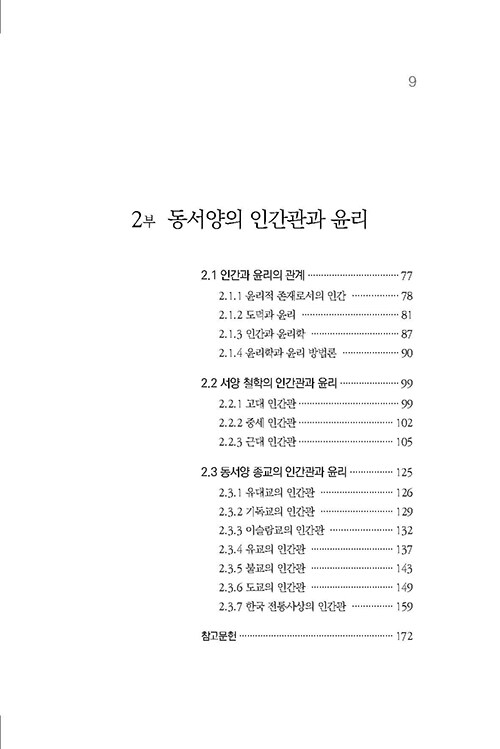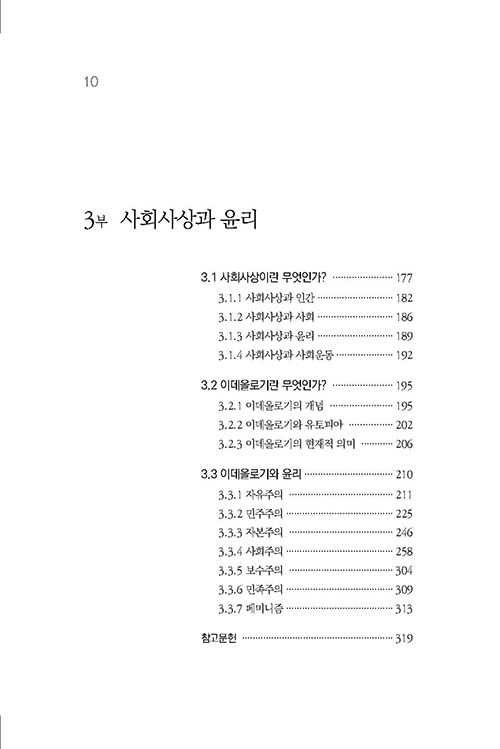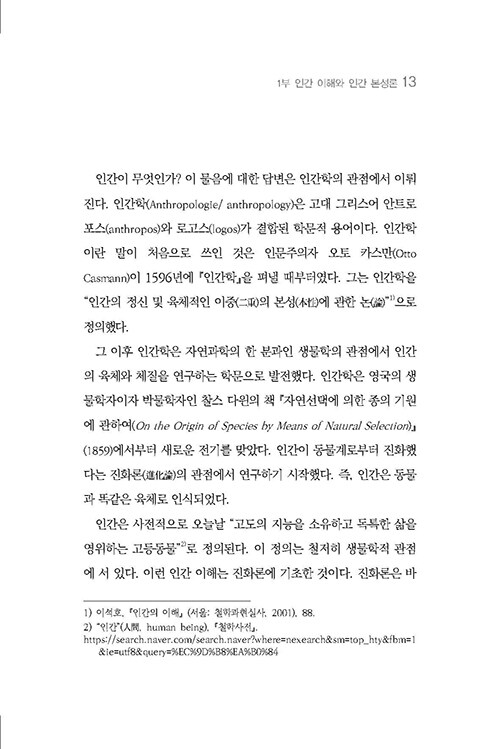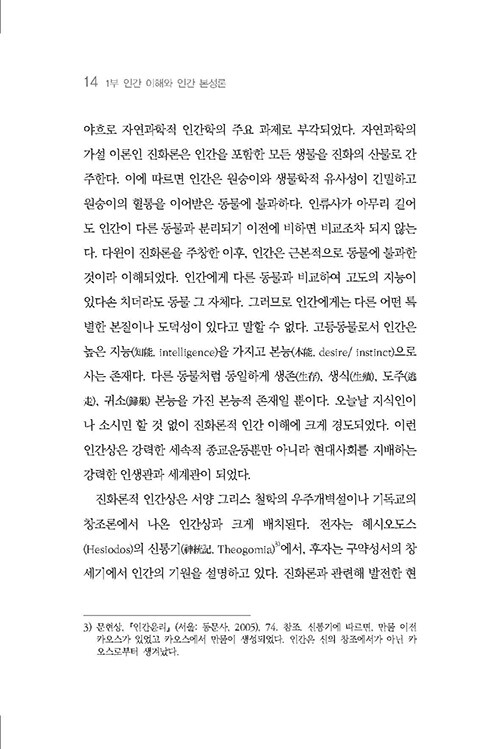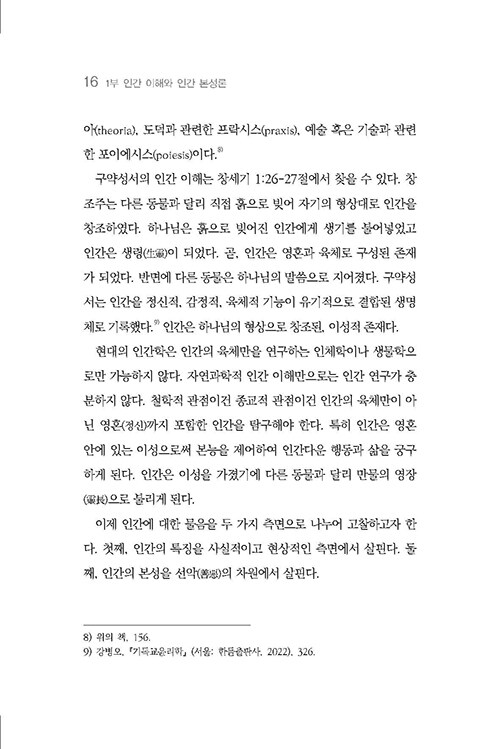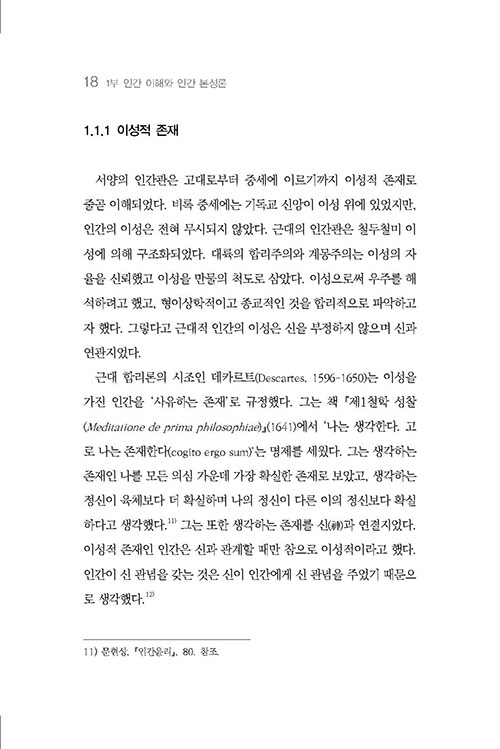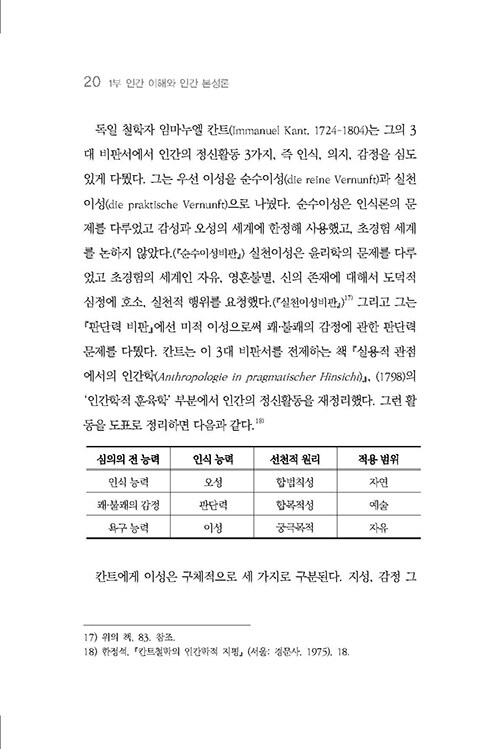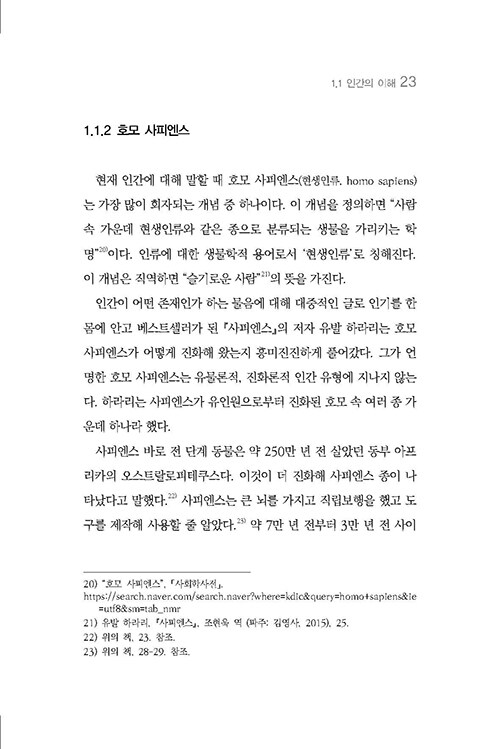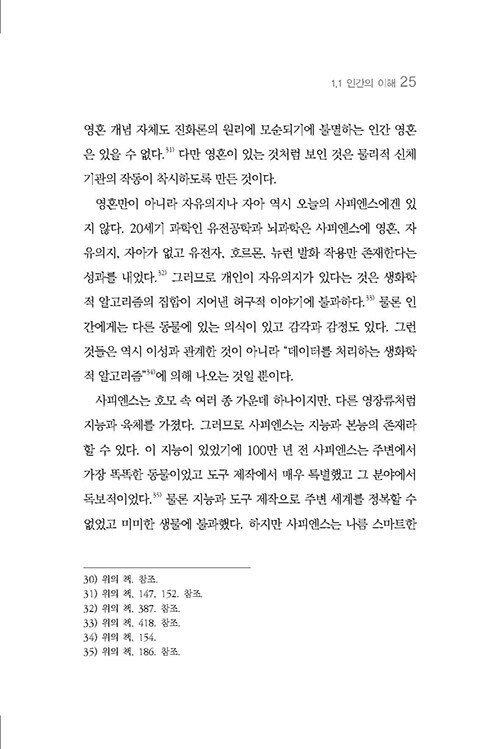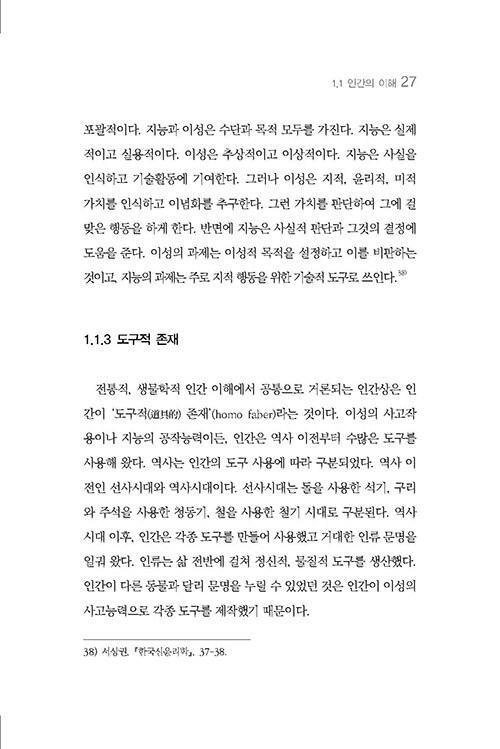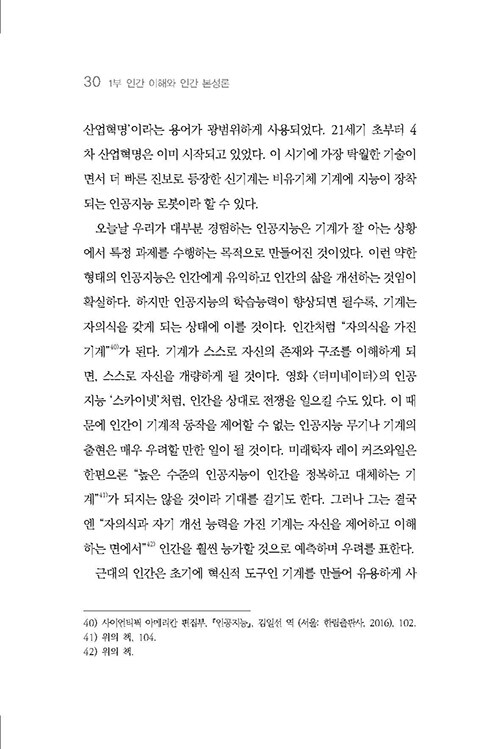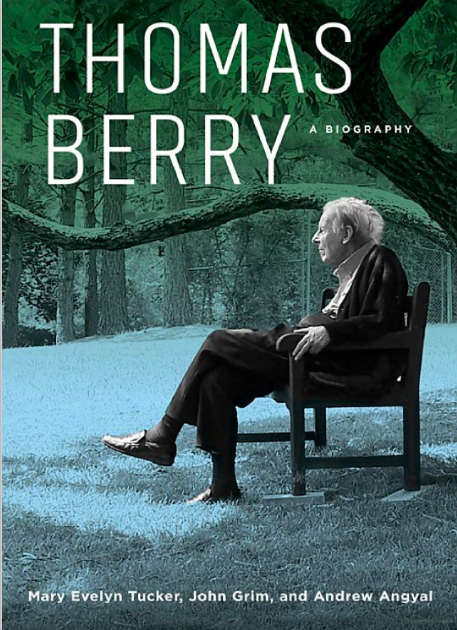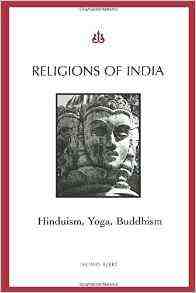Religions of India: Hinduism, Yoga, Buddhism
Thomas Berry
4.50
226 pages, Paperback
First published January 1, 1971
====
July 17, 2023
THE RENOWNED CATHOLIC PRIEST LOOKS POSITIVELY AT INDIAN RELIGION
Author Thomas Berry wrote in the Introduction to this 1971 book,
“This study is concerned with the spiritual formation of man in the Asian world. This spiritual formation has provided the Asian peoples with a bond of communion between the divine and the human worlds; it has established the ideals of perfection toward which human life is directed; it has enabled Asian people to manage the human condition in a creative manner; it has inspired the arts and sciences that have characterized the Asian civilizations up to modern times. These spiritual traditions of Asia are so highly developed that they frequently attain a level that corresponds more with the higher mystical traditions of the West than with its ordinary levels of religious and moral life.
“Some traditions, such as Hinduism, are principally concerned with the response of man to divine reality and to the final consummation of human life within this divine reality. Others, such as Buddhism, are less attracted to religion in its ordinary manifestations; rather, they are immediately concerned with forming a spiritual life that will enable men to master the human condition and eventually attain total release from the sorrowful aspect of life. But whatever the point of emphasis, these sacred traditions have been the supreme dynamic forces in structuring the civilizations of Asia. They are all keenly aware of a transphenomenal dimension of reality, whether this be the Brahman of the Hindu, the Nirvana of the Buddhist, the Kaivalya experience of the Yogin, or the Tao of the Chinese.”
He adds,
“There is no on, universal Asian religious or spiritual tradition. Neither is there any ideal norm of Asian spirituality, just as there is no ideal flower or ideal tree. This is simply the variety, at times an interrelation and derivation within the variety. Within the Asian traditions it is difficult to designate each of them as spiritual traditions in the same sense of the word. This is a serious problem in any study that includes the multiplicity of traditions within the same frame of reference. Indeed, at first sight there seems to be more contradiction than agreement within Asia. At times the Asian traditions differ more among themselves than the individual traditions of the West. The first step in a study of Oriental religions must be to accept the diversity of man’s spiritual traditions as historical fact.”
He summarizes,
“India is still creating new forms of spirituality, as is seen in such moderns as Ramakrishna and Vivekananda, in Tagore and Gandhi. India develops every doctrine to its extreme implication. Even contradictory doctrines are pushed to their extremes without rejection of with alternative. This is the baffing element in any study of India. There is insistence on extreme immanence and extreme transcendence at the same time. The two, it is felt, implicate each other and finally identify with each other. Absolute immanence and absolute transcendence must eventually be the same. So with all oppositions. Extreme intellectualism exists in India along with extreme devotionalism; extreme sensualism, along with an unbelievable asceticism. There is no wish to extinguish one in favor of the other. There is a certain ease within these manifold, opposing traditions, a feeling that everything has its proper pace, that nothing should be excluded.”
He states,
“Hinduism must be studied not as a fixed and integrated body of doctrines, but as a developing tradition that has changed considerably throughout the centuries and which is still changing in a creative direction. Everything in India makes sense in the light of this changing process. Nothing makes sense without it. To give lists of Hindu beliefs of descriptions of Hindu practices without identifying the period and area in which they took place is top present a static picture of something very different from, Hinduism as it has actually existed. The basic unity is the unity of a changing life process, not the unity of a fixed pattern.” (Pg. 4)
He observes,
“Yoga is a spirituality rather than a religion. As a spirituality it has influenced the entire range of Indian religious and spiritual development... Yoga is counted as one of the six thought systems of Hinduism. Yet before studying Yoga in this specific sense it is important to consider Yoga as an all-pervading element of Indian spirituality. Although Yoga is considered an inner discipline associated with special techniques of spiritual development leading to man’s release from the bonds of the phenomenal order, there is a great variety of yogic practices in India. There are the practices associated especially with the classical Hindu quest for intuitive vision, with Buddhism and Jainism, and with the devotional cults.” (Pg. 75)
He observes,
“Historically Yoga has been associated with almost all phases of religious development in India from the earliest period until the present. It is true, however, that in its own structure Yoga represents a type of spiritual orientation that is barren in the ordinary terms of religion. There is no religious worship or prayer as such; there is no priesthood; there is nothing that can be identified as sacraments. There is simply the salvation discipline leading to an ineffable experience wherein the spiritual principle in man attains a blissful status beyond all affliction of the physical, emotional, and thought realms in which human life is lived within space and time. Yoga is primarily, then, a spiritual discipline leading to a salvation experience.” (Pg. 108)
He explains,
“The entire world of change was experienced as an endless cycle of sorrow---birth, death, and rebirth. The solution of the problem of suffering was, most generally, an inner withdrawal that would remove man from the dense and destructive world of change. By the unfolding of man into his deepest self-identity the escape could be achieved. A man could remove himself from the world of nature, of matter, of mind, of thought, of consciousness, into an experience beyond all this. Alienated from himself, man must return to himself. Dispersed into a fragmented existence, man must restore the oneness of his being. Confined within a cyclic time process, man must recover his eternal status. Above all, movement must give way to quiescence. This is the mark of the eternal, the beginning of bliss. Because of this painful experience of the world of change a palpable tension is found within all the Indian traditions, an inner pressure exerted against all structured forms of existence. This spiritual dynamic sent forth incalculable numbers of people in India into the homeless life… Man needed to go into the homeless state of mind, the stage wherein the mind passed beyond itself... beyond its own conscious awareness.” (Pg. 121)
He observes, “Among the extraordinary achievements of Buddhism was the development of an explicit self-awareness of the Buddhist developmental process. This is not fond in Hinduism, nor is it found in Confucianism, nor indeed in any of the other major traditions of the Eurasian world except Christianity. This is not to say that these other traditions did not experience a developmental process; it is to say that they do not have a full understanding or explicated doctrine of development. There was in these other traditions a commitment to the earlier phase of the tradition, the original scriptures, as the basic norm for the later development.” (Pg. 182)
He concludes,
“Hinduism, Y0oga and Buddhism are no longer merely Indian traditions, they are world traditions. India has lost forever its exclusive claim on these traditions. Now they are part of the universal human heritage; even the creative aspect of these traditions is no longer an exclusive concern of India. Mankind is now an integral part of the Indian spiritual process.” (Pg. 193) He adds, “The doctrine of constant change and development establishes the basis on which the present vital changes can take place within these traditions. One could say that at the present time these traditions are developing more profoundly and more soundly than they have developed for centuries. They are entering into a new phase of their existence, a new phase of significance not only for the societies that have in the past been associated with and guided by these traditions but for the entire world of man. All can now benefit from these traditions and can give to these traditions both a new challenge and new strength to fulfill a wider role than they have thus far envisaged for themselves.” (Pg. 200-201)
This book will be of keen interest to students of comparative religion.
=====
Tony Desantis
62 reviews
1 follower
Follow
May 3, 2015
The sections on Hinduism and yoga ware quite complex. you'll need to take notes to remember everything.
The section on Buddhism was very interesting, in that many of the stories about Buddha seem to parallel stories about Jesus.
Like
Comment
